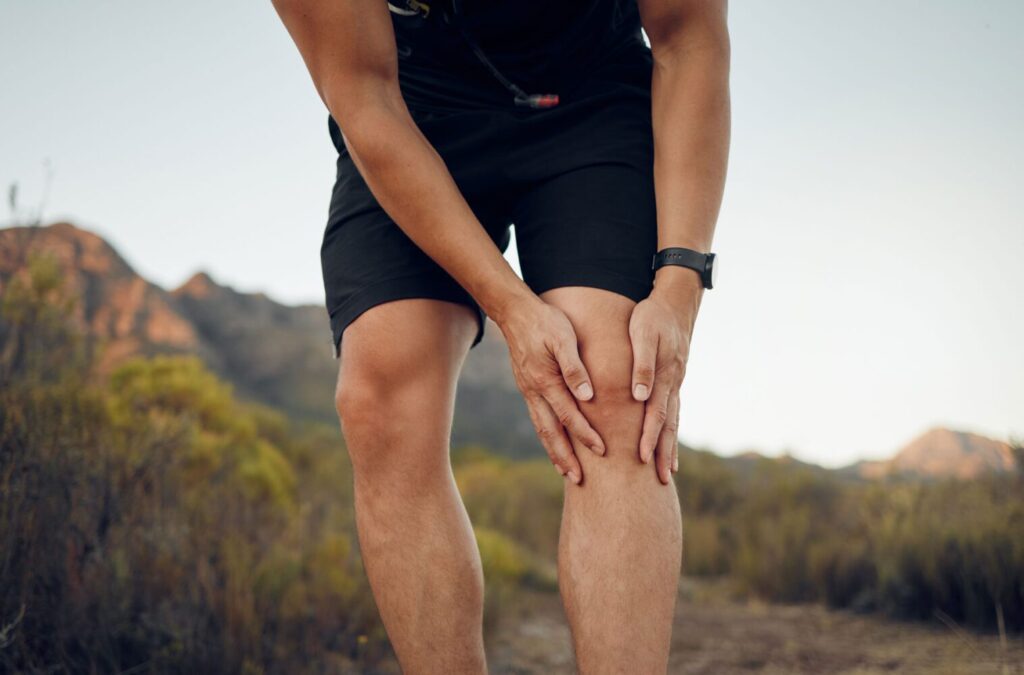
Chondromalacia patellae is a debilitating condition that affects quality of life, with symptoms including pain and difficulties in daily activities. It manifests when the articular surfaces of the knee table become damaged due to trauma or overuse, resulting in maltracking of the kneecap. This can lead to degenerative changes in the cartilage which presents as painful clicking or giving way during movement. Despite advancements in medical technology, there is currently no cure for chondromalacia patellae, but stem cell therapy could offer potential relief to sufferers.
Stem cells are multi-potent cells found in many tissues throughout the body with the capacity to renew and differentiate into most types of cell types including cartilage cells . A clinical trial has been proposed to investigate their use as a therapeutic option for chondromalacia patellae. While this early research offers preliminary results on their efficacy, further long-term studies will be necessary for definitive conclusions about its use for this condition .
Though much progress has been made in terms of identifying the causes and developing treatments for those suffering from chondromalacia patellae, more research is now needed on alternative approaches such as stem cell therapy which may improve patient quality of life. Nonetheless, further studies must be conducted to conclusively determine its potential role in clinical therapies.
In a study published in PLOS ONE, researchers explored a new approach to treating chondromalacia patellae using mesenchymal stem cells (MSCs) derived from adipose tissue, which is fat tissue. MSCs are a special type of cell that has the ability to differentiate into different types of tissue, such as bones, cartilage, muscle, and adipose tissue. This makes them a promising therapy for regenerative medicine, as they have the potential to help repair and regenerate damaged tissues.
Find out if stem cell therapy will improve your quality of life!
Results of the Study
Previous studies have shown that MSCs can be used successfully in animal models to regenerate cartilage and bones. However, there have been no follow-up studies on humans treated with adipose-tissue-derived stem cells (ADSCs) for chondromalacia patellae. This study aimed to explore the potential of ADSCs as a treatment option for this condition.
To obtain ADSCs, the researchers collected lipoaspirates from the lower abdominal subcutaneous adipose tissue of three patients. The lipoaspirates were then treated with collagenase and centrifuged to separate the stromal vascular fraction, which contains the stem cells. The stem-cell-containing stromal vascular fraction was mixed with calcium chloride-activated platelet-rich plasma and hyaluronic acid to create an ADSCs mixture. This mixture was then injected into the retro-patellar joints of the patients under ultrasonic guidance.
Platelet-rich plasma is a component of blood that contains a high concentration of platelets, which are cells that play a key role in the body’s natural healing process. The combination of ADSCs and platelet-rich plasma has the potential to enhance the regenerative capabilities of the treatment. Hyaluronic acid is a natural substance found in the body that helps to lubricate and cushion joints, and its addition to the mixture may help to further support the healing process.
To assess the effectiveness of the treatment, the patients underwent pre- and post-treatment magnetic resonance imaging (MRI) scans. These scans allowed the researchers to visualize changes in the damaged tissues (softened cartilages) in the patellae-femoral joints. The patients also reported subjective pain scores and underwent physical therapy assessments to measure clinical changes.
After one month of treatment, each patient’s pain improved by 50 to 70%, with 80 to 90% improvement in pain seen by three months after the treatment. The repeat MRI scans at three months showed almost complete restoration of the damaged tissues (softened cartilages) on the patellae-femoral joints.
No serious side effects were reported by any of these patients with only 2 – 3 days of joint discomfort expected after the first injection. Since all materials used are from an autologous source there is no risk of rejection either. This successful attempt at reducing AKP through restoration of cartilage has thus opened up new possibilities for other young and elderly patients suffering from CMP with or without joint diseases alike.
It is important to note that this study involved a small sample size of only three patients. Further research with larger sample sizes and controlled studies is needed to fully understand the potential of ADSCs as a treatment for chondromalacia patellae. However, the results of this study are promising and suggest that ADSCs treatment may be a new, effective, safe, and non-surgical method for treating this condition.
The use of ADSCs in the treatment of chondromalacia patellae presents a glimpse of a new approach in regenerative medicine. The injection of autologous ADSCs has the potential to restore damaged tissues and promote the regeneration of cartilage in the knee joint. The results of this study show a significant reduction in pain and an improvement in the patients’ quality of life, with no reported serious side effects. This suggests that ADSCs treatment may be a promising alternative to traditional treatment options that focus on symptom management rather than addressing the underlying issue of damaged cartilage.
While the results of this study are encouraging, it is important to approach this treatment option with caution until further research is conducted. Larger studies with more participants and controlled study designs are needed to fully understand the safety and efficacy of ADSCs treatment for chondromalacia patellae. Long-term follow-up studies are also needed to assess the durability and longevity of the treatment.

